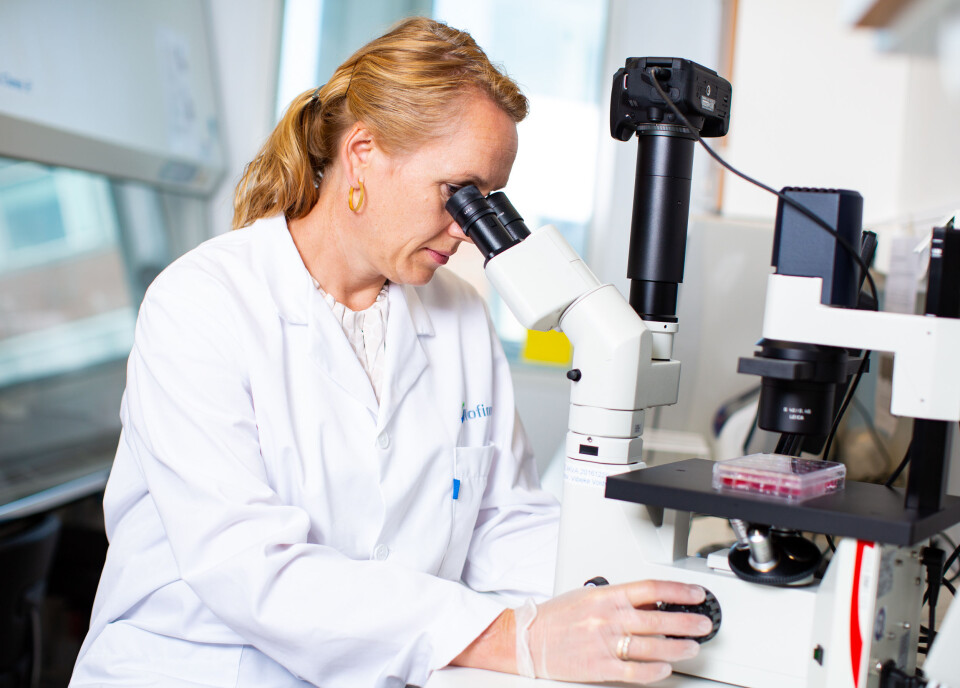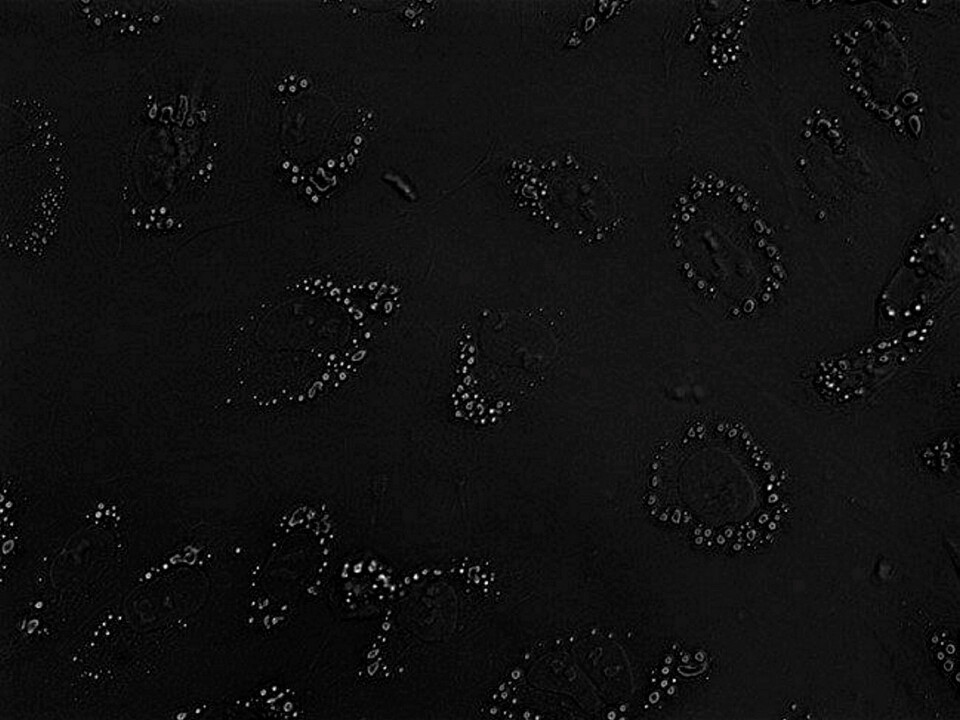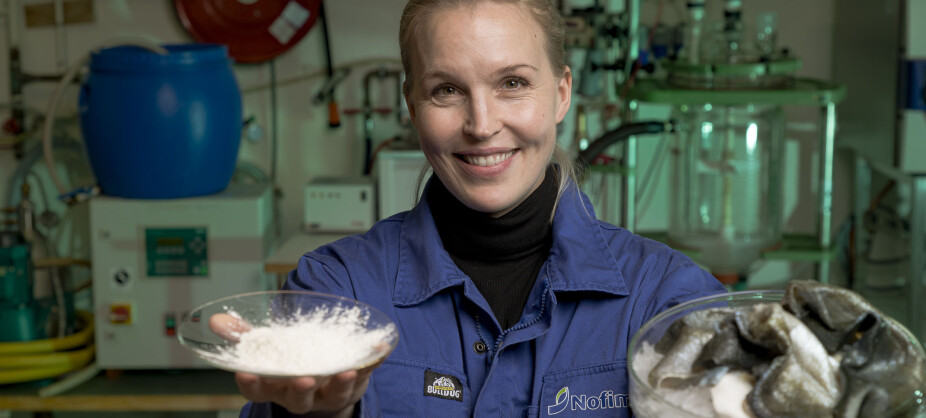This article was produced and financed by Nofima The Norwegian Institute of Food, Fisheries and Aquaculture Research - read more

Fatty acids in the diet of salmon alter cell metabolism
The study of fat metabolism (also called lipid metabolism) in salmon cells shows what happens in the cells during fasting. The study shows that salmon fat cells release lipid in different ways based on the type of fat they have stored in their bodies.
But first, some information about salmon feed. Over the course of three decades, the feed of farmed salmon has gone from consisting mostly of marine raw materials to consisting mostly of plant-based raw materials. According to a previous Nofima report, in the year 2000, approximately 30 per cent of the fat in salmon feed came from the ocean, while in 2016, only 10 per cent was marine-based.
Scientists were curious about what the change of diet does to the utilization of fat. Does the fat source affect the salmon’s ability to mobilise energy from fat depots when it is denied access to food? The scientists found out a lot about this by studying the reaction of cultured fat cells that were enriched with various fatty acids. A new method that they employed was to follow the secretion of lipids in the cells with radiolabelled trace elements.
“This is something that is not easy to study in fish that are alive, but we can conduct a more detailed study of the energy metabolism in cultured cells”, says Bente Ruyter, who leads the Nofima research group that has cultivated the cells.
Gaining a lot of knowledge through cell trials
She explains that the cells are so-called primary cells that are isolated directly from live fish. These cells retain much of their function from live fish, as opposed to cell lines held over several generations. They are demanding to work with, but they are more relevant regarding what is actually happening in the body. The scientists have mixed cells from 20 fish and placed the mixture into culture flasks. They have then studied what happens to the conversion of fat in the cells during feeding and fasting.

Fasting is common in wild salmon when they experience long periods without being able to catch food. In farmed salmon, fasting is common in connection with spawning, during illnesses and before they are slaughtered.
“During these periods, it is vital for salmon to regulate fat metabolism in the body well, which is why it is interesting to study how these processes change with altered diets”, says Ruyter.
As part of the trial, scientists enriched fat cells with selected fatty acids that are either more or less present in the feed compared to what was previously the case. Fatty acids are the main components in fat, and they can be found with various properties, such as saturated and unsaturated.
The fatty acids with which the cultured cells were enriched are:
- The polyunsaturated marine fatty acid called EPA, which the feed contains less of than before.
- A typical plant-based fatty acid (oleic acid), which the feed contains more of than before.
- A saturated fatty acid (palm acid), which can be found in both fish oil and plant oil.
More similar to human metabolism than was first thought
An entirely new finding from the study is that the salmon’s fat tissue reacts to fasting in pretty much the same manner as the fat tissue in humans reacts. Prevalent types of fatty acid in the cells affect how much leptin hormone the cell secretes. This is something that scientists weren’t aware of until now. Leptin is a hormone that regulates appetite.

During sexual maturation, when salmon need to transfer nutrients from fat tissue to reproductive cells, the fat is transported in the form of so-called phospholipids, cholesterol esters and triglycerides in the bloodstream. Previously, it was thought that they were transported around as free fatty acids.
The study has produced several findings:
- The types of fatty acids contained in the diet affect the amount of mitochondria in the cells, and the release of fatty acids during fasting.
- Many of the regulatory mechanisms associated with energy metabolism when on a fatty diet appear to be similar to those found in humans.
Gained recognition
The scientific publication in which the findings are presented was highlighted as being the best in the latest issue of the International Journal of Molecular Sciences (IJMS).
“In this journal, most research focuses on humans, but I think salmon is increasingly being considered as a possible model for humans. We have conducted basic research on fish that has never been done before, and the combination between adipose tissue models and an increased understanding of obesity-related issues most likely caught people’s eye”, says Nofima scientist Marta Bou Mira.
She is the primary author of the article, and has written it together with research colleagues at Nofima, Zhejiang University in China, the Oxford Centre for Diabetes at the University of Oxford, UK, and AquaGen in Norway.
Reference:
“Lipid Deposition and Mobilisation in Atlantic Salmon Adipocytes”.


































